Altcoin
XMR Price Plummets 7% As Kraken Delists Monero
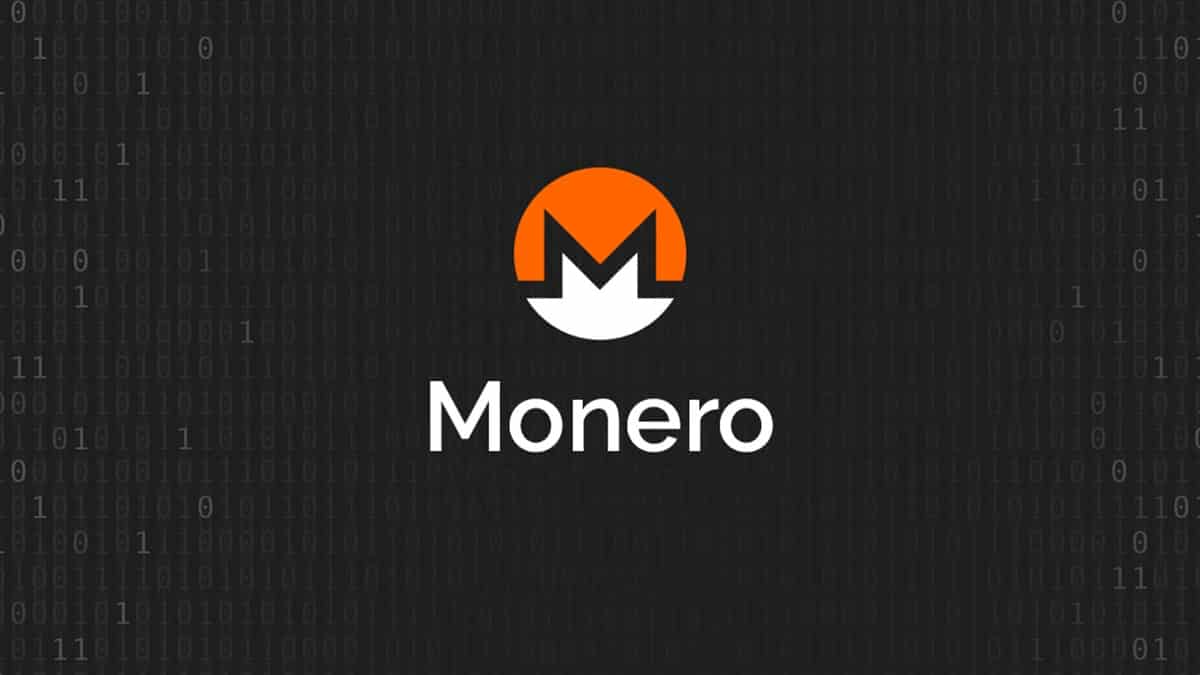
Monero (XMR) price has fallen nearly 7% in the last 24 hours after Kraken announced its move to delist the digital asset in Europe.
In reaction to the regulatory change, Kraken, one of the oldest cryptocurrency exchanges, decided to remove Monero for users in the European Economic Area.
Kraken Delists Monero, XMR price down over 7%
Trading and deposits in all Monero markets will, therefore, be closed on October 31st for EEA clients, and any outstanding orders will automatically be canceled.
According to the official announcement, users will have to withdraw their Monero until December 31st. After that, any unwithdrawn balances will be automatically converted at the market rate into BTC.
Kraken explained it had to delist Monero (XMR) for its users in the European Economic Area (EEA) due to new regulatory requirements. It insisted that this call was not taken lightly. XMR price immediately went down by over 7%.
This represents a second such move, after an identical action was taken by Binance back in February amid increasing pressure on these privacy-centric cryptocurrencies.
Reports back in the first half of this year had already signaled that the privacy coins, including Monero, Zcash, and Horizen, were on course to get delisted by the major exchanges amid rampant regulatory scrutiny.
XMR Bans Spread as Regulators Target Anonymity
Earlier this year Kraken stopped trading XMR to Ireland and Belgium – on April 11 the users were told to “either close the position or it will be automatically closed on our end.” In 2021, it had stopped support for Monero customers resident in the United Kingdom.
The world’s regulations have cracked down on privacy tokens. Bans for them have so far hit different jurisdictions. Japan’s ban on anonymity-enhanced tokens was effectuated in 2018, while South Korea issued a similar ban reportedly back in 2020-on the trading of such tokens on platforms.
Australian exchanges lately take to delisting some of these privacy tokens because of new regulations. The very latest ban, as of this writing, is by Dubai on February 7, 2023, where it banned all activities concerning privacy coins and the issuance of anonymity-enhanced tokens.
XMR price finally broke below the falling trendline drawn from connecting several lows since the beginning of August on September 24, shedding 14.5% week-on-week. It also closed below the 61.8% Fibonacci retracement level at 152.83$ this Tuesday, calculated from the early August low of 135.98$ to its peak of 180.10$ this month.
At the time of writing XMR price stood at $140.19 and was down by 5.82%.
In correspondence, the long-to-short ratio for Coinglass is 0.9, further iterating the bear outlook of Monero. This number is below one, showing that more traders are taking bearish positions in expectations of a fall of the XMR price.
Tornado Cash Dev Jailed: Privacy Tech Under Fire
Another incident that most definitely has raised red flags among advocates of privacy—and criticism—involved the legal troubles faced by the developers behind the decentralized cryptocurrency mixer Tornado Cash.
Unlike privacy coins, which by their very nature maintain transaction details private against third-party onlookers, mixers anonymize assets through otherwise public transactions, such as with Bitcoin. Privacy coins like XMR negated the need intrinsically for mixers, given that in their nature, transaction details are private in the first place.
Despite their differences, both trustless decentralized mixers and privacy coins have one aspect in common-they are permissionless systems beyond the control of their creators, inhibiting any form of oversight-from governments, for example.
But the same lack of oversight hasn’t saved a Dutch court from recently convicting Tornado Cash developer Alexey Pertsev of money laundering, slapping him with five years and four months in prison.
Disclaimer: The presented content may include the personal opinion of the author and is subject to market condition. Do your market research before investing in cryptocurrencies. The author or the publication does not hold any responsibility for your personal financial loss.
Altcoin
$33 Million Inflows Signal Market Bounce
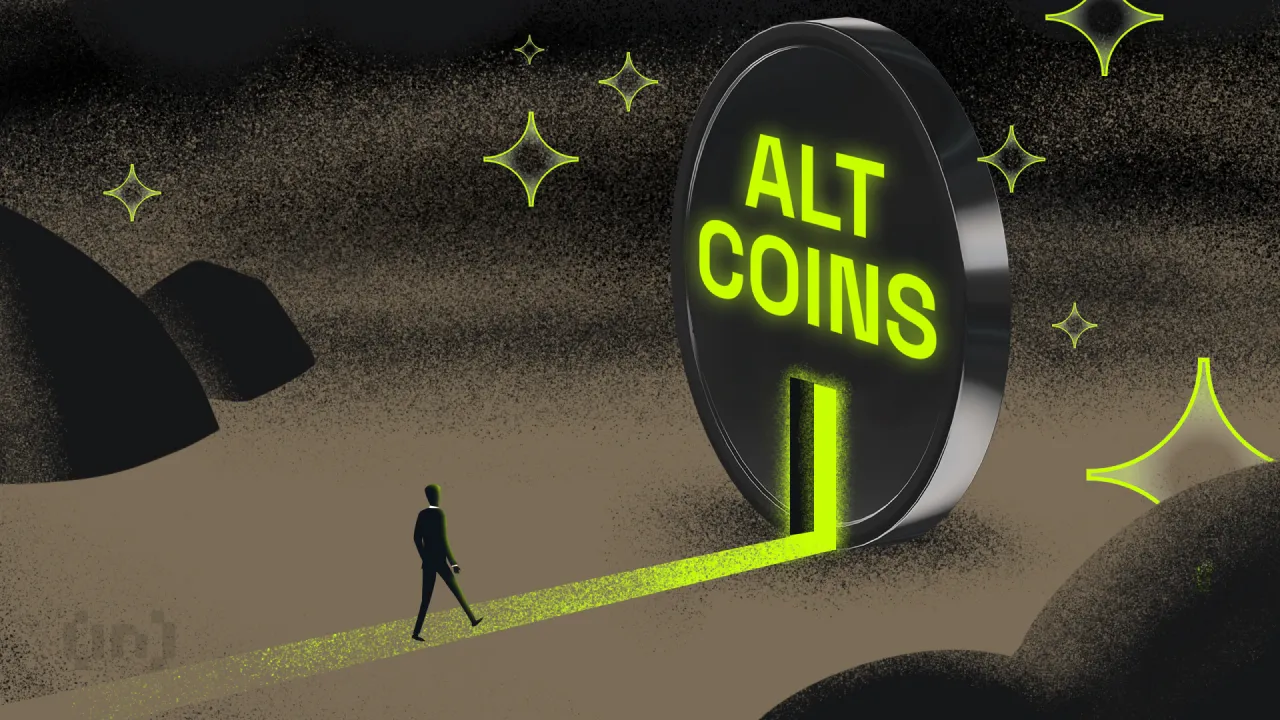
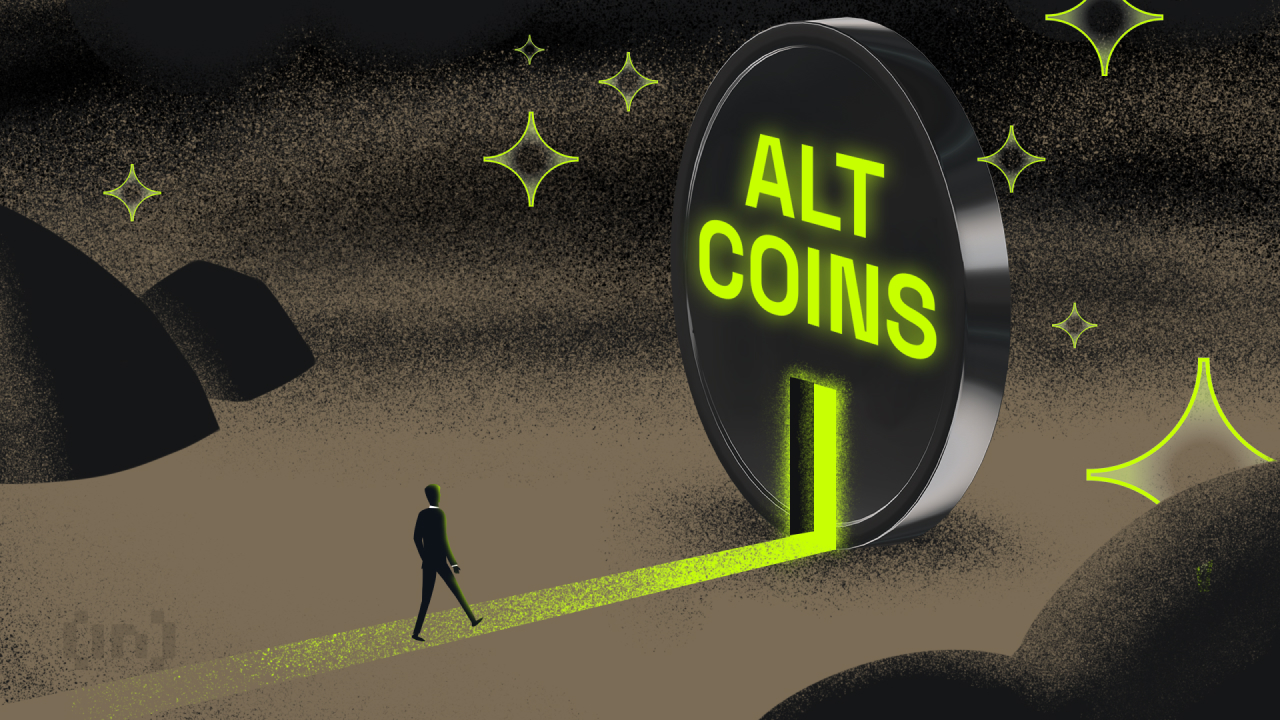
Crypto inflows hit $226 million last week, signaling a cautiously optimistic investor sentiment amid ongoing market volatility.
According to CoinShares data, altcoins broke a five-week streak of negative flows, recording their first inflows in over a month.
Crypto Inflows Hit $226 Million Last Week
This turnout marks a significant slowdown from the previous week when crypto inflows hit $644 million, ending a five-week outflow streak. Before that, inflows peaked at $1.3 billion, with Ethereum outpacing Bitcoin in investor demand.
“Digital asset investment products saw $226 million of inflows last week suggesting a positive but cautious investor,” read an excerpt in the report.
The pullback to $226 million last week suggests a more measured approach by investors as they assess macroeconomic conditions and regulatory uncertainties.
Specifically, CoinShares’ researcher James Butterfill ascribes Friday’s minor outflows of $74 million to core personal consumption expenditure (PCE) in the US, which came in above expectations.
“The Fed’s preferred measure of inflation (Core PCE) moved up to 2.8% in February & remains well above their 2% target that has yet to be achieved. The market is expecting the Fed to hold rates steady again at their next meeting on May 7 (at 4.25-4.50%),” investor Charlie Bilello noted.
Nevertheless, this turnaround comes after nine consecutive trading days of inflows into crypto ETPs (exchange-traded products).
Despite the slowdown, Bitcoin continued to attract strong inflows of $195 million. Meanwhile, short-Bitcoin products registered outflows of $2.5 million for the fourth consecutive week. This suggests that investors are leaning bullish on Bitcoin, even as altcoins begin to recover.
The CoinShares report shows that altcoins saw $33 million in inflows last week after suffering $1.7 billion in outflows over the past month.
Altcoins Rebound After $1.7 Billion in Outflows
Ethereum (ETH) led the recovery, attracting $14.5 million, then Solana (SOL) at $7.8 million, while XRP and Sui recorded $4.8 million and $4.0 million, respectively. Market analysts believe altcoins may be bottoming out, creating potential buying opportunities.
“Altcoins are oversold. The bottom is close. We’re ready for a bounce,” renowned analyst Crypto Rover highlighted.
Other analysts echoed the sentiment, suggesting growing attention toward altcoins. Among them was trader Thomas Kralow, who said, “altcoins are setting up for a comeback.”
Adding credence to this bullish outlook for altcoins, project researcher BitcoinHabebe, known for insightful mid-low cap sniper entries, pointed to technical indicators suggesting a market reversal.
“While bears are trying to spread fear & make you sell your altcoins, the TOTAL3 [Altcoins market cap chart excluding Bitcoin and Ethereum] just bounced off an HTF [higher timeframe] retest,” the analyst stated.
This means most coins have bottomed out and are expected to start reversing soon. Cole Garner noted a key buy signal in market liquidity metrics, further supporting this view.
“Tether Ratio Channel already flashed a double buy signal this month. Now my lower timeframe version is popping off. Fresh capital incoming,” he indicated.
The Tether Ratio Channel is an on-chain analytical tool that helps traders identify potential buy signals. It tracks the ratio of Bitcoin’s market capitalization to that of stablecoins, acting as a leading indicator for short- to medium-term trends.
When the ratio hits certain levels, it can signal shifts in market sentiment, often indicating whether fresh capital is entering or exiting the market.
While overall crypto inflows have slowed compared to previous weeks, the return of capital into altcoins suggests renewed investor confidence. Analysts see signs of an impending altcoin rally, with market metrics indicating that most coins have bottomed out.
As investors weigh macroeconomic uncertainties, the coming weeks could be critical in determining whether the altcoin recovery sustains momentum or if caution prevails.
Disclaimer
In adherence to the Trust Project guidelines, BeInCrypto is committed to unbiased, transparent reporting. This news article aims to provide accurate, timely information. However, readers are advised to verify facts independently and consult with a professional before making any decisions based on this content. Please note that our Terms and Conditions, Privacy Policy, and Disclaimers have been updated.
Altcoin
Cardano Price Eyes Massive Pump In May Following Cyclical Patern From 2024
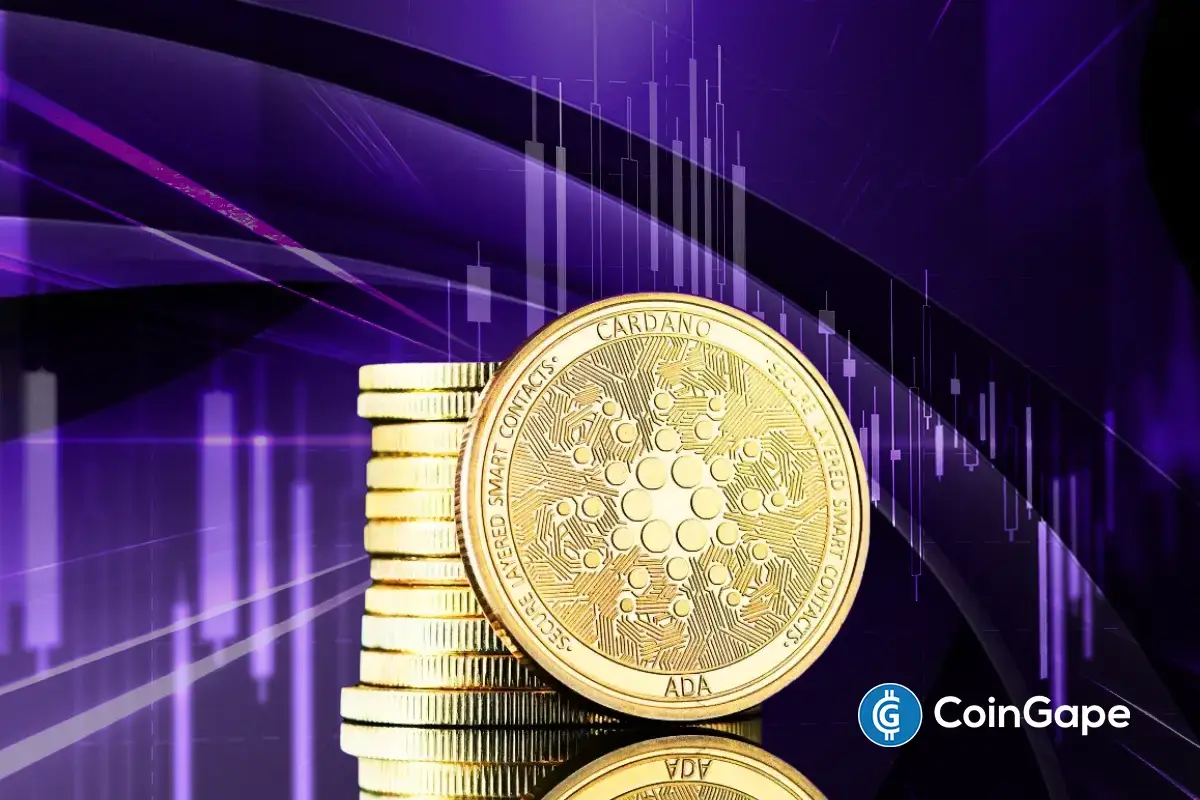
Cardano price is repeating a pattern from 2024 that experts say is a signal for a massive pump in the coming weeks. While present figures are largely underwhelming for ADA, investors are brimming with confidence for a strong reversal in the near future.
Cardano Price Can Reach $2.5 In May
According to pseudonymous cryptocurrency analyst Master Kenobi, Cardano price is exhibiting cyclical behavior. In a post on X, Master Kenobi notes that ADA’s consolidation in recent days mirrors its price action from Q3 of 2024.
At the time, Cardano’s price suffered a steep correction in early August and endured a lengthy consolidation period before rallying. Presently, Cardano’s price is consolidating after the deep in early February that sent prices to $0.49.
“ADA is currently in a consolidation phase that resembles its behavior from August-September 2024,” said Master Kenobi. “Since the dip on August 5, it hasn’t recorded a new low – just as it hasn’t now, following the dip on February 3.”


According to Master Kenobi, a lengthy consolidation phase will be the precursor for an impressive rally for Cardano’s price. The analyst theorizes that the incoming rally will send Cardano to impressive levels in May. In the short term, analysts are eyeing ADA to hit $1, citing rising whale activity and positive fundamentals.
“If this pattern holds, May could bring a massive pump, potentially pushing the price toward $2.5,” said Master Kenobi.
ADA Ripples With Bullish Activity
At the moment, Cardano price is trading at $0.6646, a far cry from its all-time high of $3.10. Despite the lull in price action, the ecosystem is brimming with bullish activity for higher valuation.
Investors have their eyes on $10 after ADA outperformed top S&P 500 companies in a strong show of resilience. Futhermore, increased whale activity in the space is signaling an impending rally for ADA as community sentiment reaches an all-time high.
Analysts have opined that an ADA rally to $10 is not a crazy prediction, citing a slew of positive fundamentals for the network. However, pundits are urging investors to brace for multiple corrections in the march to reach a valuation of $10.
Disclaimer: The presented content may include the personal opinion of the author and is subject to market condition. Do your market research before investing in cryptocurrencies. The author or the publication does not hold any responsibility for your personal financial loss.
Altcoin
Analyst Reveals Why The XRP Price Can Hit ATH In The Next 90 To 120 Days
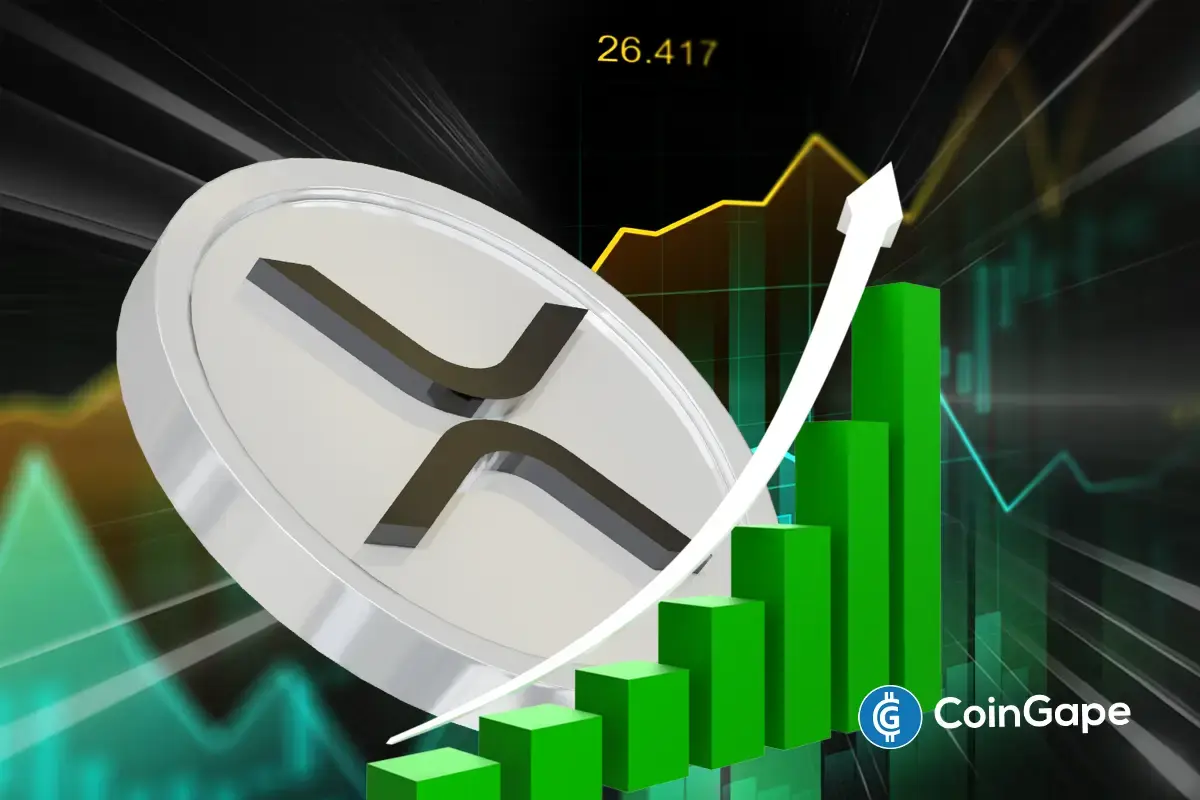
Crypto analyst Egrag Crypto has again provided a bullish outlook for the XRP price. This time, he alluded to historical trends to explain why the altcoin can hit a new all-time high (ATH) in 90 to 120 days.
Why The XRP Price Can Hit ATH In 90 To 120 Days
In an X post, Egrag Crypto alluded to historical patterns to explain why the XRP price can hit a new ATH in the next 90 to 120 days. He noted that the RSI chart shows important historical patterns and stated that the altcoin usually has two peaks during its bull runs.
The crypto analyst further revealed that in 2021, the second peak occurred after 90 days, while in 2017, it occurred after 120 days. Based on this, Egrag Crypto affirmed that this historical timeframe provides market participants with a potential for a “great opportunity,” hinting at the altcoin hitting a new ATH.
In another post, he raised the possibility of the XRP price reaching a new ATH of $3.9 by May. This came as he identified an Inverse Head and Shoulder pattern, which was forming for the altcoin. The crypto analyst stated that the measured move is $3.7 to $3.9.
For now, an XRP analysis has shown that the altcoin is struggling at $2.15 amid regulatory uncertainty over SEC Chair nominee Paul Atkins. In his update on this Inverse Head and Shoulder pattern, Egrag Crypto remarked that a close above $2.24, the Fib 0.888, is the next minor target. He affirmed that the pattern is still unfolding as anticipated.
Ripple’s Native Token Could Still Drop Below $2
Crypto analyst Dark Defender has predicted that the XRP price could still drop below $2 before the next leg up. In an X post, he stated that Ripple’s native token is in the 4th Wave of the Monthly Elliott Wave structure.
His accompanying chart showed that XRP could drop to as low as $1.88 on this Wave 4 corrective move. Once that is done, the altcoin will witness its next leg up, rallying to as high as $5.8, which would mark a new ATH.
Dark Defender assured that Wave 4 will end soon and that XRP will continue to reach its targets. The crypto analyst recently affirmed that the altcoin is the “one” and explained why it would dominate Bitcoin and Ethereum.
Crypto analyst CasiTrades also suggested that XRP could further decline before its next leg to the upside. She noted that after the drop to $2.27, the altcoin showed no bullish RSI divergence, which signaled that the drop wasn’t quite done yet.
She added that the coin is now likely heading down to test the 0.618 golden retracement at $2.17, or possibly the golden pocket at $2.15 for a final low before “lift-off.” However, CasiTrades also mentioned that RSI is starting to build the bullish divergence and that the selling pressure is exhausting.
Disclaimer: The presented content may include the personal opinion of the author and is subject to market condition. Do your market research before investing in cryptocurrencies. The author or the publication does not hold any responsibility for your personal financial loss.
-

 Ethereum23 hours ago
Ethereum23 hours agoWhales Accumulate 470,000 Ethereum In One Week – Bullish Momentum Ahead?
-
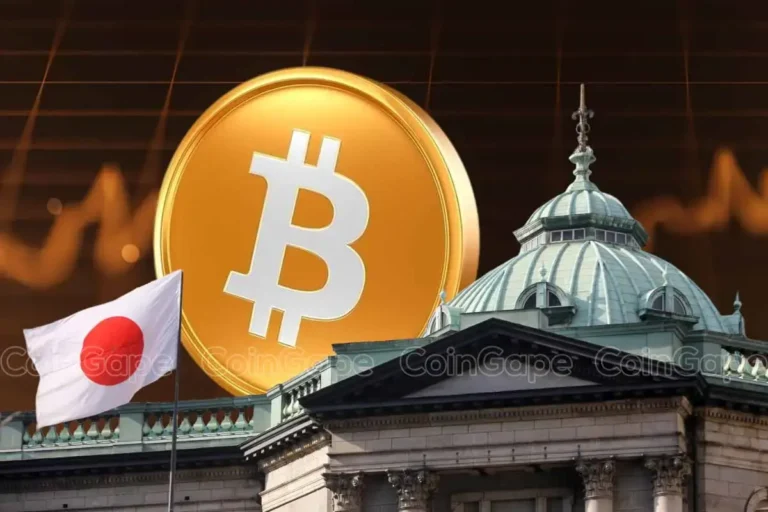
 Regulation21 hours ago
Regulation21 hours agoJapan Set To Classify Cryptocurrencies As Financial Products, Here’s All
-

 Altcoin24 hours ago
Altcoin24 hours agoAnalyst Reveals Why The XRP Price Can Hit ATH In The Next 90 To 120 Days
-

 Market23 hours ago
Market23 hours ago3 Token Unlocks for April: Parcl, deBridge, Scroll
-

 Market20 hours ago
Market20 hours agoTop 3 Made in USA Coins to Watch This Week
-

 Market19 hours ago
Market19 hours agoSolana (SOL) Price Risks Dip Below $110 as Bears Gain Control









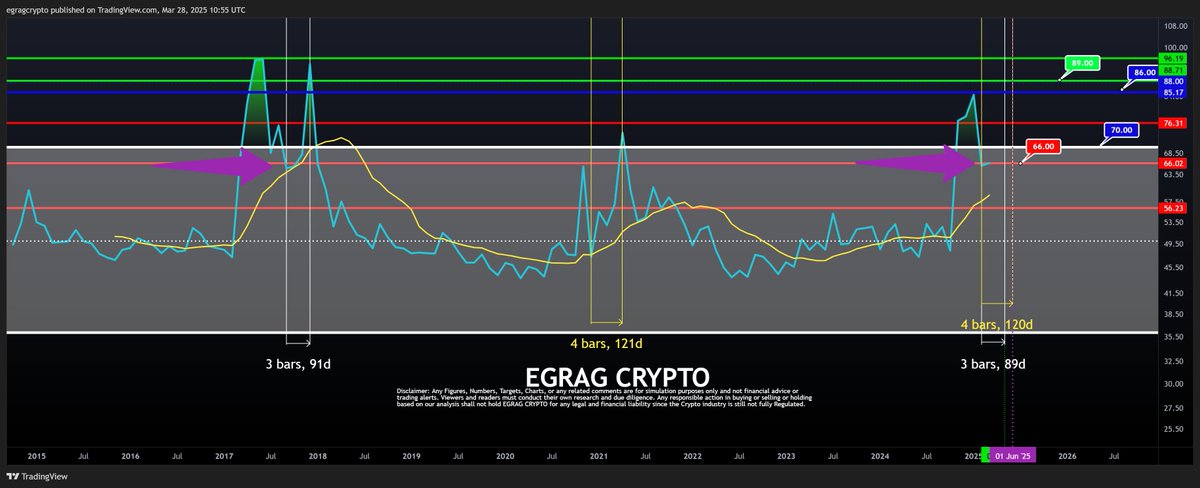
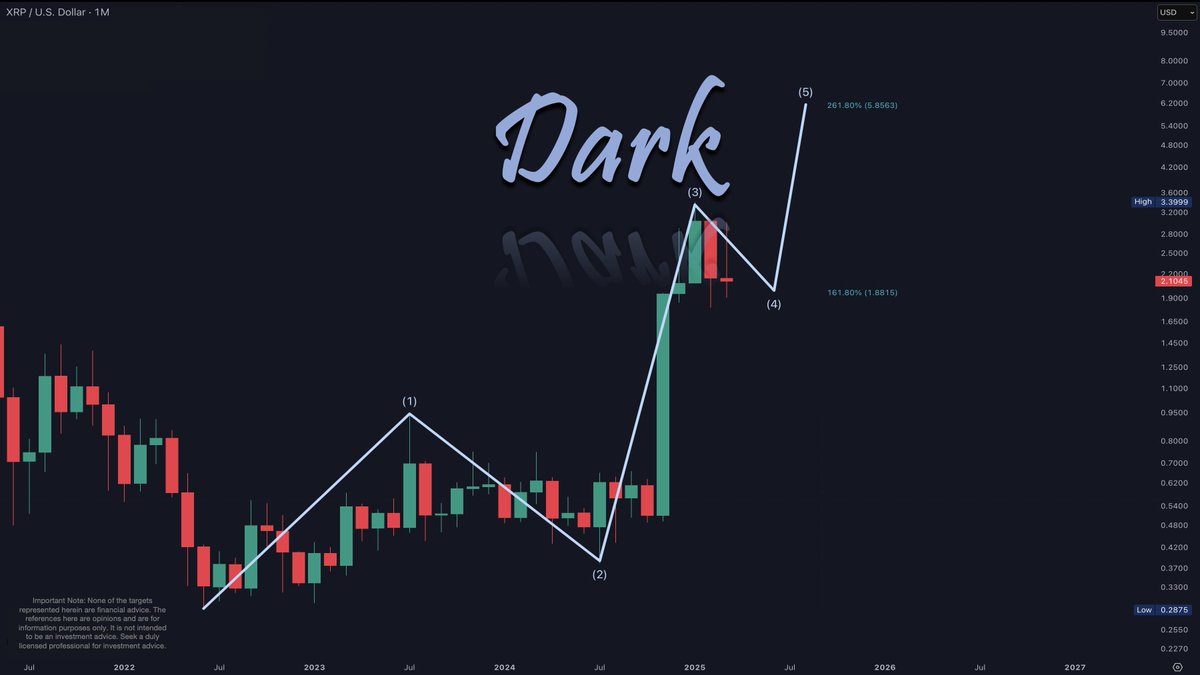
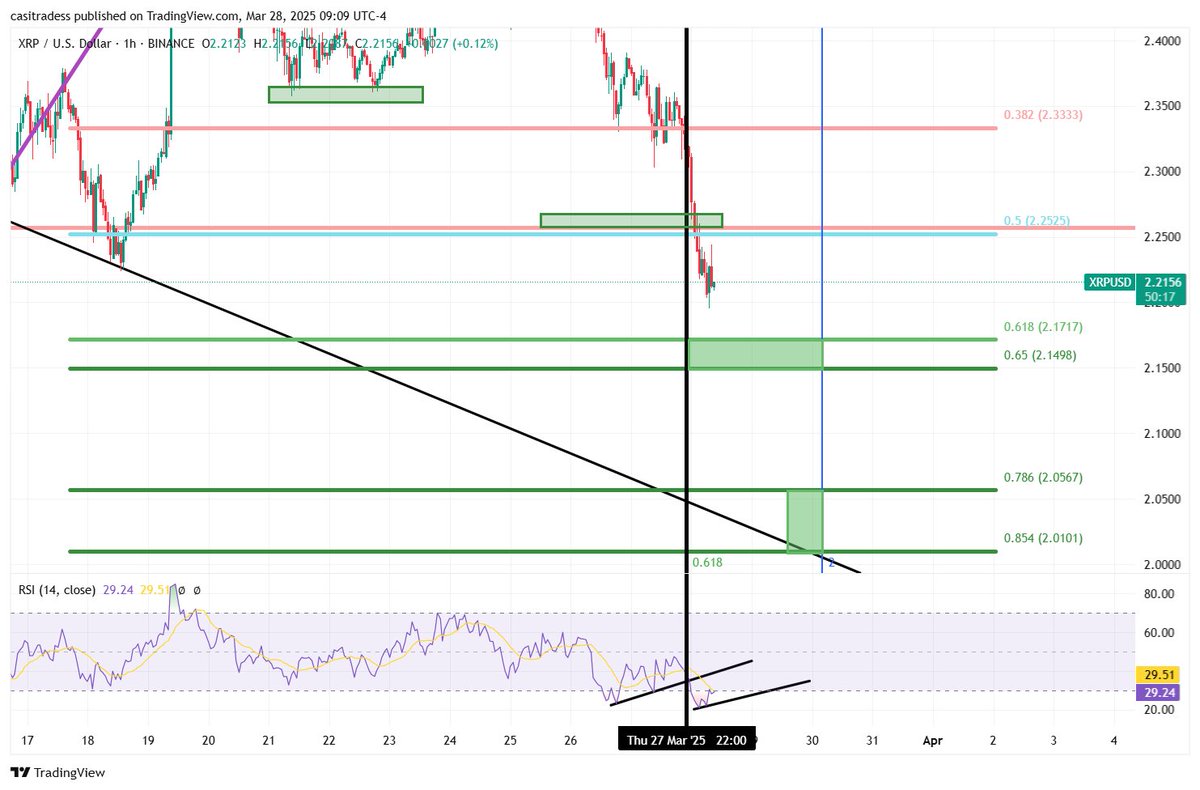









✓ Share: